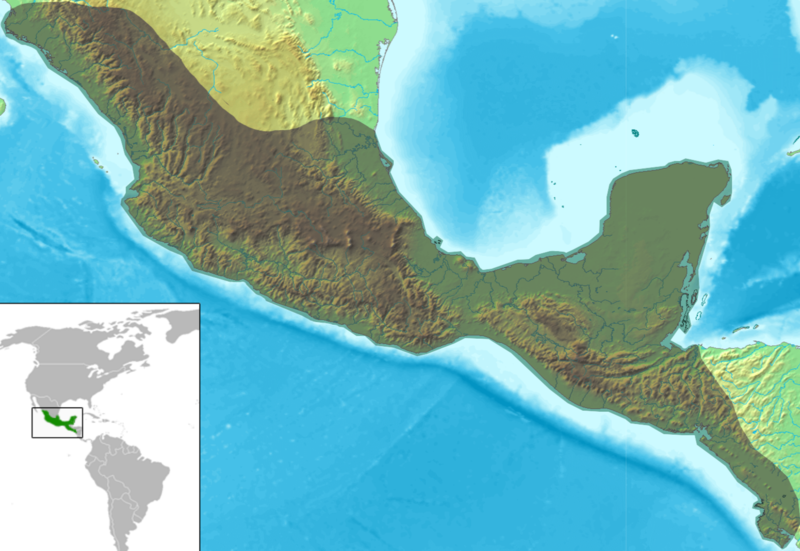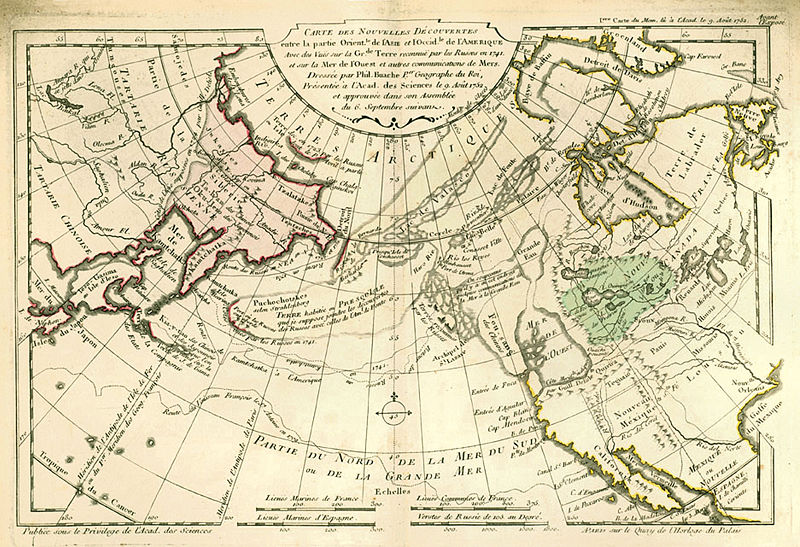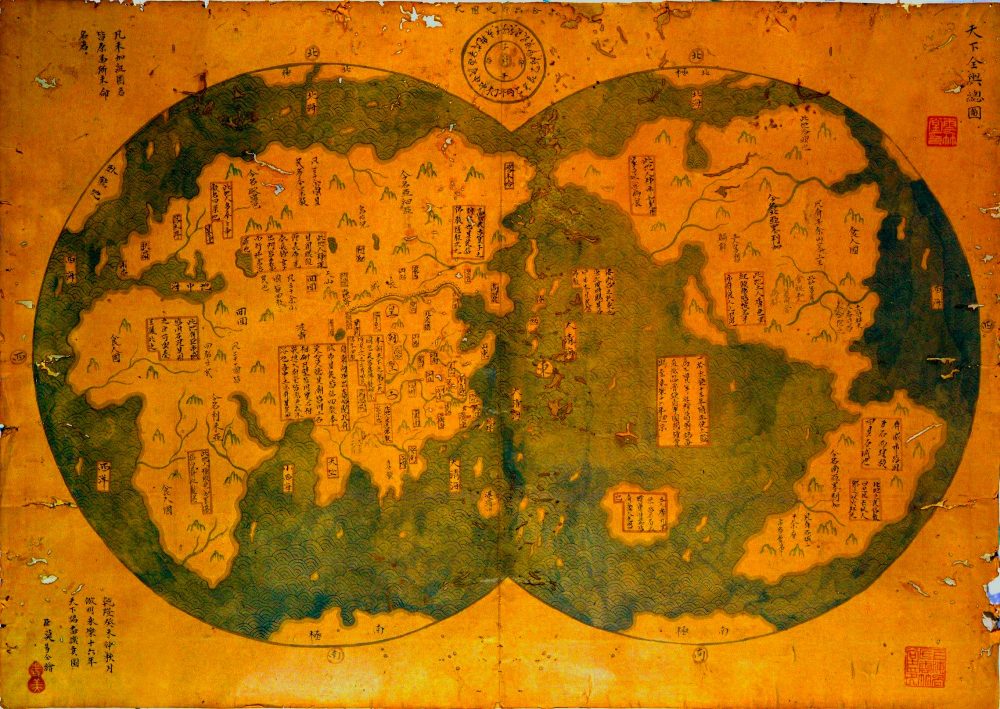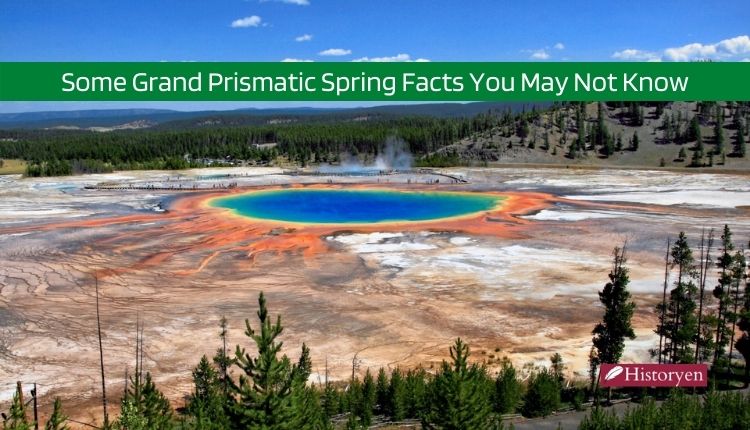Introduction
The discovery of America marked a turning point in human history, as it brought together two vastly different cultures—the Native Americans and the Europeans. While it is commonly believed that Christopher Columbus discovered America, some intriguing theories suggest that ancient Chinese explorers may have reached the continent even before the Spanish and Vikings. This article explores the evidence supporting this hypothesis and delves into the similarities between ancient Chinese and Mesoamerican cultures.
Ancient Viking and Spanish Visits
Before delving into the Chinese-American connection, it’s essential to note that America was already inhabited when the Vikings, led by Leif Eriksson, and the Spanish explorers arrived. So, the term “discovery” may not be entirely accurate. However, what if there were other civilizations that predated these visits?
Ancient Chinese in America: A Controversial Theory
Though history books officially credit the Spanish with the discovery, there is a plausible theory suggesting that the ancient Chinese landed on American shores even before the Europeans. While this notion has faced skepticism, it is a captivating possibility that cannot be entirely dismissed.
Suspicious Similarities: Ancient Chinese and Mesoamerican Civilizations

Discoveries have revealed remarkable similarities between ancient Mesoamerican cultures and the ancient Chinese civilization. The question arises: What if these similarities are a result of early contact between the two distant civilizations?
The Mystery of Fusang

Fusang, a distant land mentioned in ancient Chinese texts, has long piqued the curiosity of researchers. Some propose that Fusang might correspond to America rather than other locations suggested in historical interpretations.
The Clues from Hu Chundong
Hu Chundong, a Beijing University professor, discovered at least 22 highly similar words between ancient Chinese and Mesoamerican languages. Further evidence lies in the resemblance of Mayan art to that of the Tang Dynasty.
Curious Parallels in Culture and Artifacts
The use of jade, a significant symbol in both ancient Chinese and Mesoamerican cultures, is among the intriguing parallels found. Additionally, both cultures deified creatures—the dragon for the Chinese and feathered serpents for the Mesoamericans.
Exploring the Land of Fusang
Speculations place the landing site of ancient Chinese sailors between Mexico and Guatemala, as both regions were known for their reverence of jade and its use in various rituals.
The Puzzle of Cremation and Horses
One discrepancy in the Fusang-America theory revolves around cremation practices and the presence of horses. It is believed that these practices might have originated in Afghanistan, casting doubt on Fusang’s location.
Ancient Chinese and Olmec Contact
Researchers have examined the possibility of contact between the ancient Chinese and the Olmec civilization. The Olmec’s use of jade and their structured royalty during the rise of the Shang Dynasty in China raises intriguing questions.
Unraveling Ancient Writings and DNA Evidence
To support the theory of ancient Chinese presence in America, scholars have analyzed ancient writings and DNA evidence. Notably, traces of Asian DNA have been found in Mexican indigenous populations.
Conclusion
The possibility of ancient Chinese voyagers reaching America before the Spanish and Vikings opens up a fascinating chapter in world history. While this theory remains speculative, the striking similarities between ancient Chinese and Mesoamerican cultures cannot be ignored. Exploring the past helps us better understand the interconnectedness of human civilizations across time and space.
No concrete evidence exists, but intriguing parallels in language and artifacts fuel the debate.
The description of Fusang aligns with some aspects of the Americas, but uncertainties remain.
The possibility of contact between the two civilizations during the rise of the Shang Dynasty is being explored.
Jade held great cultural and spiritual importance, and its use is a shared characteristic.
Traces of Asian DNA in indigenous Mexican populations add an intriguing dimension to the theory of ancient Chinese voyages.



